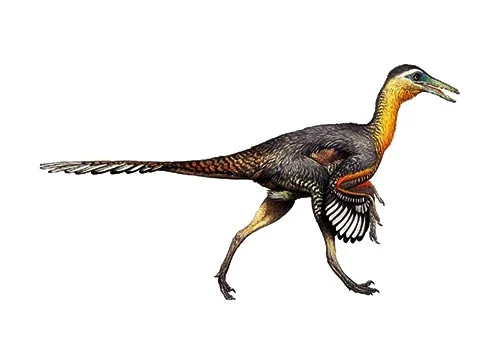Buitreraptor (Vulture raider)

Bwee-tree-trap-tor
Peter J. Makovicky, Sebastian Apesteguía & Frederico L. Agnolín - 2005
Carnivore
Estimated 5-6 meters long
Small Theropod
B. gonzalezorum (type)
Argentina, Patagonia - Candeleros Formation
Early Cretaceous, 125 million years ago
Buitreraptor Facts
Buitreraptor, also known as the “Vulture Raider”, was a species of theropod dinosaur that lived during the early Cretaceous period, approximately 125 million years ago. It was a small to medium-sized dinosaur, measuring about 6 meters in length and weighing between 50 and 100 kg.
The genus Buitreraptor was discovered in Patagonia, Argentina in 2004 and its name is derived from the Spanish word “buitre”, which means “vulture”. This name was chosen due to the similarity between the shape of its beak and the beaks of modern vultures.
Buitreraptor was a predator, with sharp, serrated teeth and long, curved claws on its hands and feet. It had a long, slender neck and a lightly built body, which suggests that it was a fast and agile runner. Its small size and quick movement may have allowed it to hunt smaller prey or scavenge from the kills of larger predators.
In addition to its physical adaptations for hunting, Buitreraptor also had feathers covering its body, which may have been used for insulation or display. This makes Buitreraptor one of the earliest known dinosaurs with feathers, predating the well-known feathered dinosaurs like Archaeopteryx and Velociraptor by several million years.
Overall, Buitreraptor is an interesting example of the diversity and evolution of theropod dinosaurs and highlights the importance of continuing to explore and study the fossil record to better understand the evolution of life on Earth.



